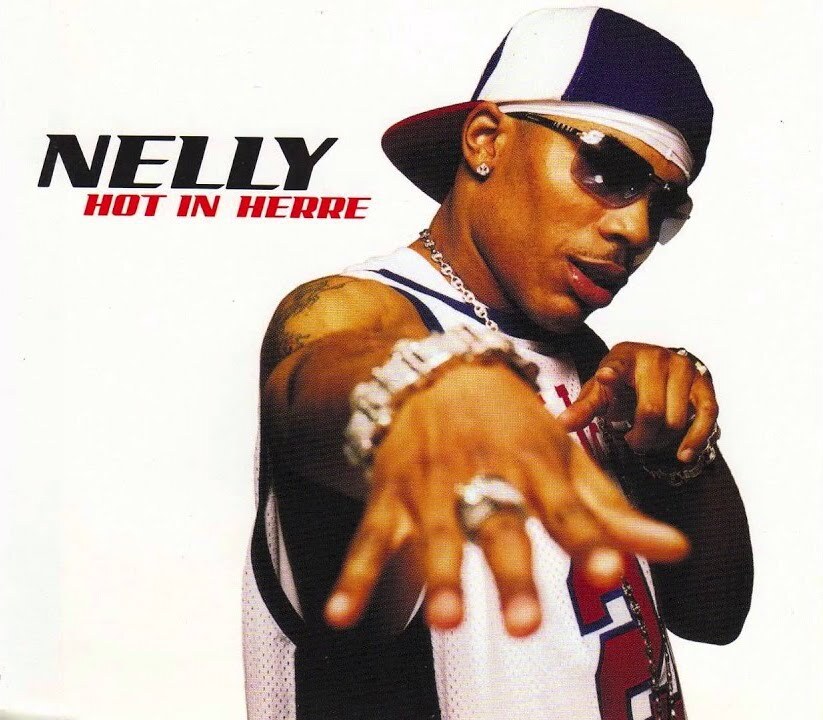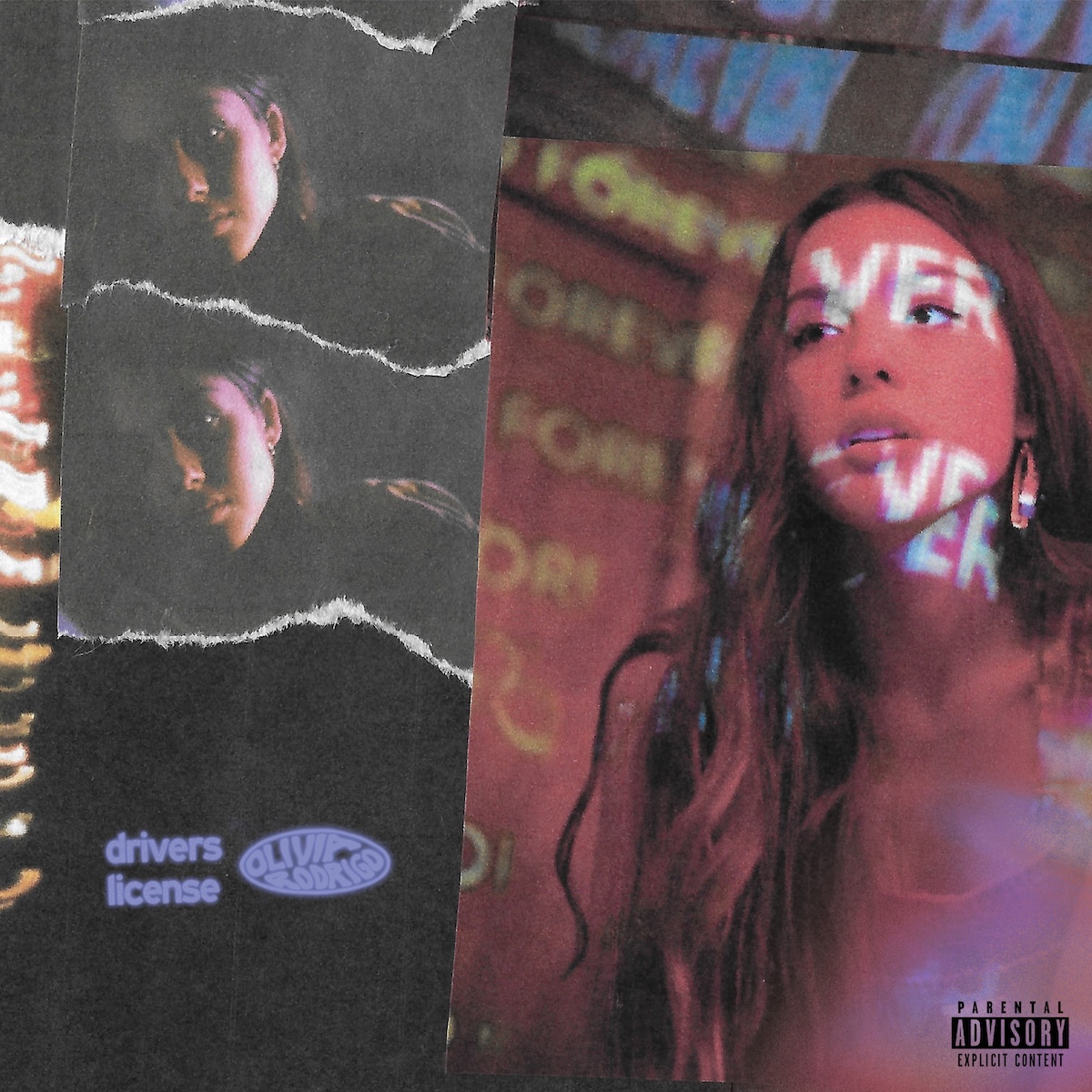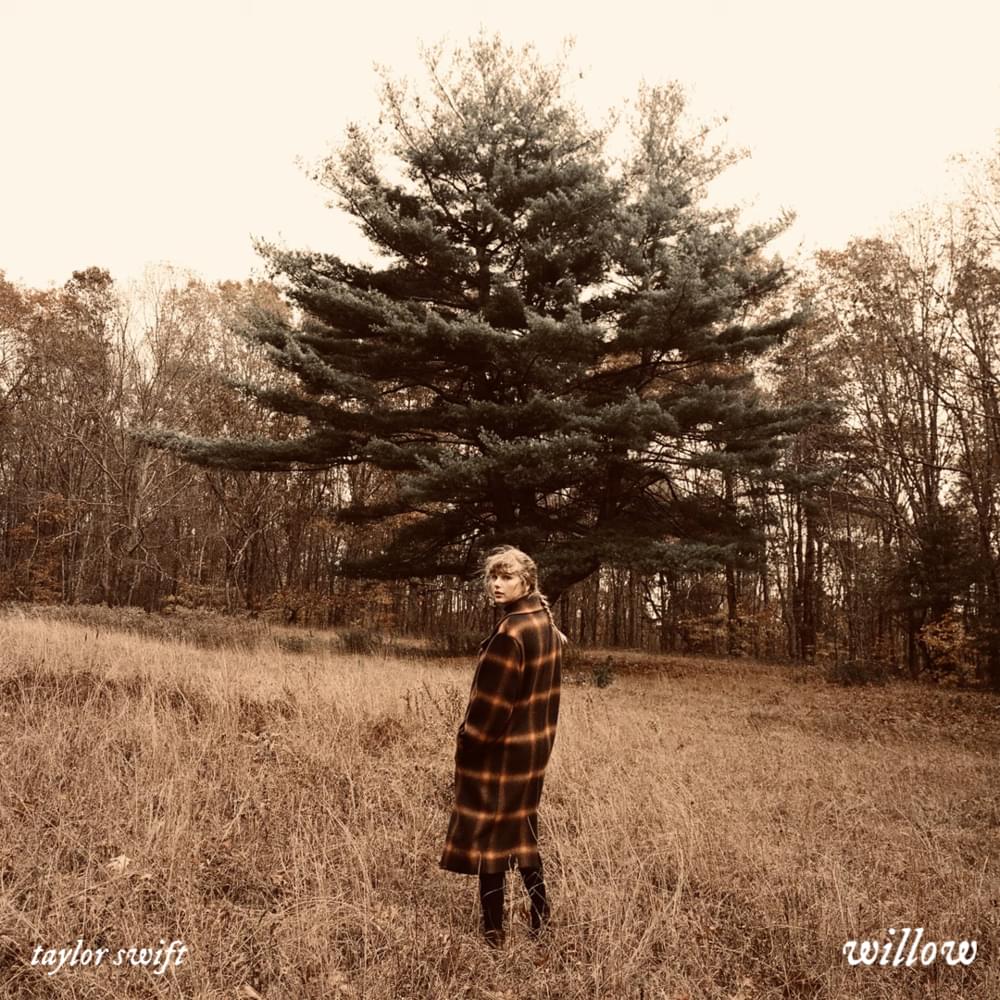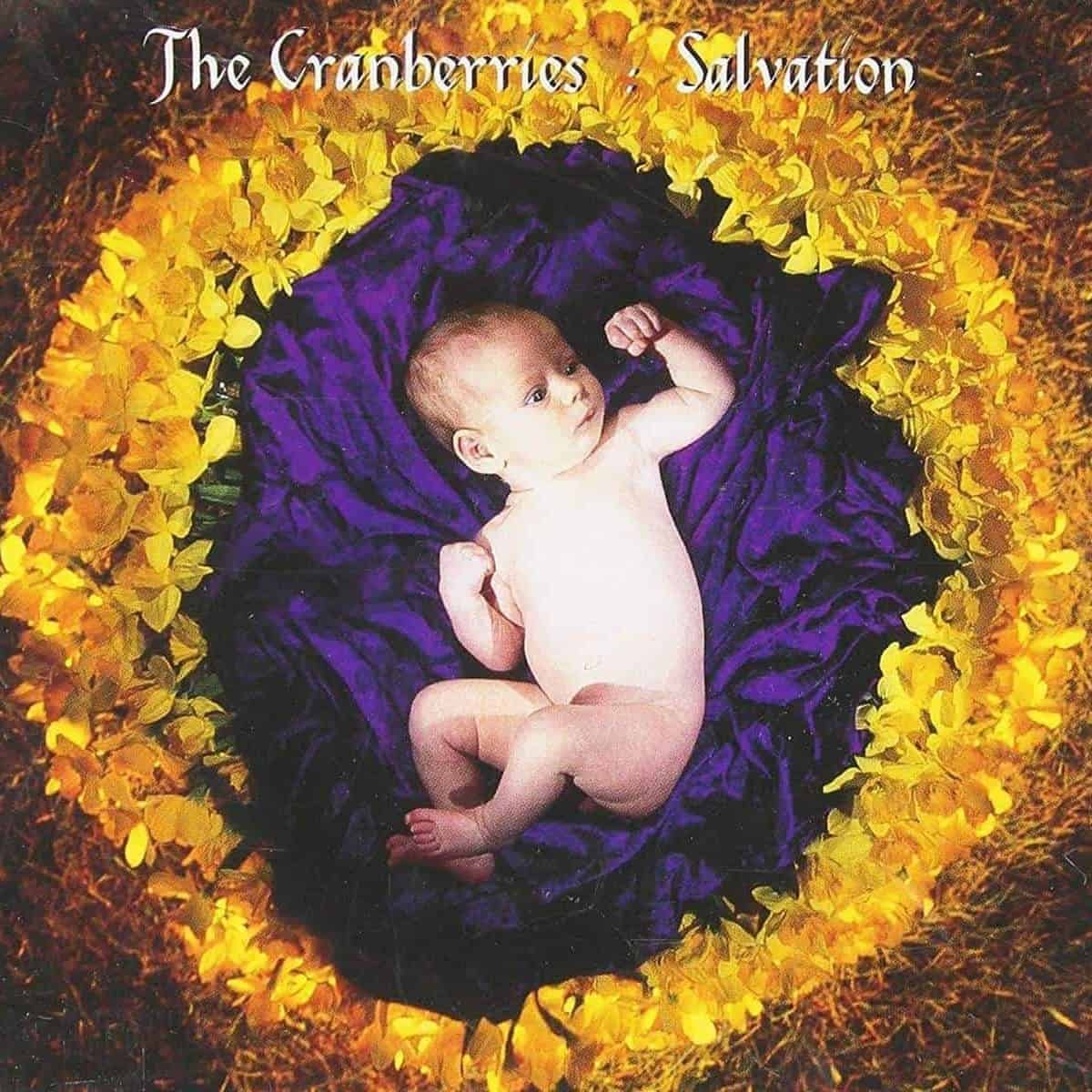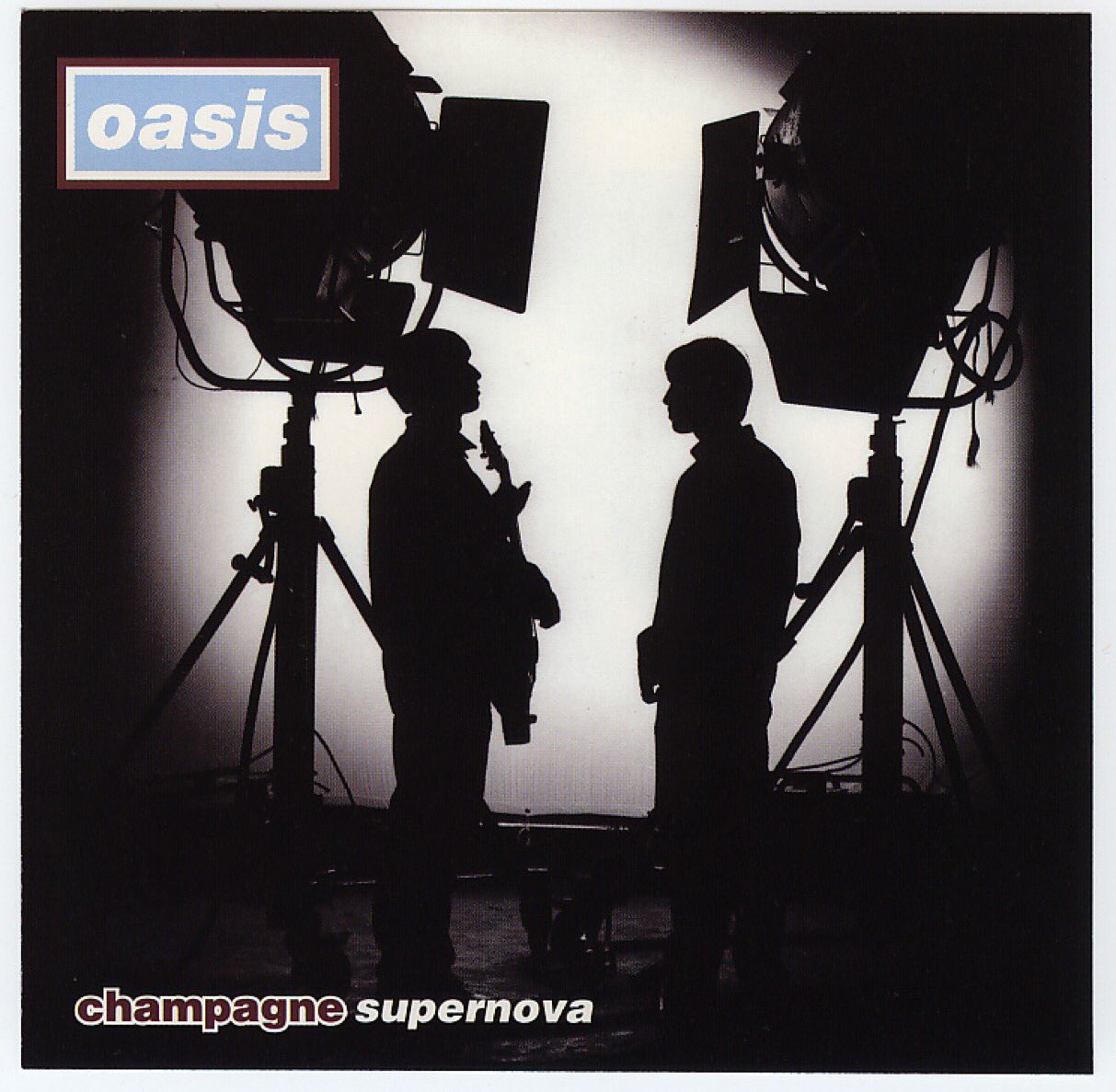June 29, 2002
- STAYED AT #1:7 Weeks
In The Number Ones, I'm reviewing every single #1 single in the history of the Billboard Hot 100, starting with the chart's beginning, in 1958, and working my way up into the present.
Outside M&T Bank Stadium in Baltimore, you'll find a statue of Ray Lewis, the retired Ravens middle linebacker, in a forever-frozen moment of kinetic ecstasy. His head is thrown back, helmetless, roaring. His left foot is planted, and his right knee points at the sky. He's got a clump of grass in one hand. If you're from Baltimore, you will inevitably feel a tiny jolt of adrenaline whenever you look at that statue. Ray Lewis is a complicated figure, a deeply religious weirdo who may or may not have stabbed two men to death. (The authorities threw out his charges, due process, etc.) But Baltimore always needs a win, and Ray Lewis gave us two of them.
That statue outside the stadium shows Ray Lewis doing his Squirrel Dance -- the brief moment of whip-the-crowd-up exultation that Lewis performed before every home game. It was always pure theater. I'm not sure when Ray Lewis started doing the Squirrel Dance. Talking to ESPN before his induction into the Hall Of Fame, Lewis said that he learned the dance from a friend in his Florida hometown. Lewis started doing the dance without music, just as a way of firing up the Ravens defense. He tried doing that dance to a few different songs. But when he did the Squirrel Dance to Nelly's "Hot In Herre," "Hot In Herre" became his song. To this day, when I think of the Ravens, I think of Ray Lewis doing that dance, and I think of "Hot In Herre."
It had to be "Hot In Herre." It especially had to be the "Hot In Herre" intro. That intro is perfect. It's not indulgent. It doesn't take too long. It's a clarion call, a signal that some shit is about to go down. It sounds like it's happening in slow motion -- a couple of sustained organ notes, a couple of cymbal crashes, a foghorn bass-tone, Nelly calling out the song's title. For about 10 seconds, the song announces itself. Then, the music drops out, and we hear Nelly's voice hanging in the air: "Oh!" And then, in a mad, syncopated rush, the beat kicks in. That beat is simple and direct and absurdly funky, and it moves. All of a sudden, you might get so hot that you want to take your clothes off.
"Hot In Herre" is an obvious summer record, and I have to imagine that it was conceived as an obvious summer record. It achieved that goal. I'm not sure I can properly convey how omnipresent "Hot In Herre" was in the summer of 2002. If you were partying anywhere that summer, you were hearing "Hot In Herre" five times a night. I wasn't even going to clubs like that; I was going to, like, warehouse noise shows. At the warehouse noise shows, in between bands, they would play "Hot In Herre." (Is that a Baltimore thing? I hope not. I hope it's an everywhere thing. If it's not, every other warehouse noise scene missed out.) When "Hot In Herre" came out, both Nelly and production team the Neptunes had ridiculous momentum, and anything that they did would've probably been huge. But "Hot In Herre" was the right record at the right moment, and I knew it was a smash the first time I heard it. This wasn't some great feat of prognostication on my part. Everyone knew it.
Two years before "Hot In Herre," Nelly came out of nowhere and became one of the biggest rappers on the planet. Cornell Hayes Jr. was born in Austin, Texas, and he spent his childhood as an Air Force brat, moving around the world with his parents. (When Nelly was born, the #1 song in America was Stevie Wonder's "You Haven't Done Nothin'.") After his parents split up, Nelly and his mother settled in the St. Louis suburb of University City. As a teenager, Nelly was a serious baseball prospect, and he wanted to become a major leaguer. When that didn't work out, he spent some time selling drugs. He also formed a rap group.
Nelly and a bunch of his high-school friends became the St. Lunatics. (Great name.) In Fred Bronson's Billboard Book Of Number 1 Hits, Nelly says, "St. Louis didn't have a hip-hop scene. We borrowed it from everybody else's. That's why the style is so universal, because I take aspects from every region of hip-hop -- East Coast, West Coast, and down South, and that's how you get the midwest sound." Nelly didn't really take much from the other midwestern rap scenes, at least not that I can hear. Cleveland's Bone Thugs-N-Harmony were already singing over beats, but their intricately layered mellifluous sputter-flows don't really have anything to do with Nelly's fired-up playground-singsong holler. Nelly and Eminem emerged from the midwest to superstardom around the same time, but they drew on completely different wells of influence, and they never would've made sense as collaborators.
In 1996, the St. Lunatics scored a regional hit with the big, bright posse cut single "Gimme What U Got." They tried to leverage that success into a record deal, but coastal labels weren't trying to hear anything from St. Louis. The St. Lunatics realized that they weren't getting any traction as a group, and they figured that maybe Nelly could do better on his own, that they could always get back together if Nelly made it out first. (The plan worked. The St. Lunatics' 2001 group album Free City flopped, and lead single "Midwest Swing" peaked at #88, but a couple of Nelly's fellow St. Lunatics appeared on a couple of songs that'll eventually appear in this column.) Nelly started recording songs on his own, and when one of Mase's managers heard what he was doing, Nelly flew out to New Jersey to solidify his sound, putting together a four-song demo. All four song songs on that demo eventually became singles, and all four of them became hits.
Kevin Law was a young A&R rep at Universal, and Nelly became the first act that Law signed. Law's colleagues thought that he was crazy. Nelly's sound had very little to do with what was hot in rap in the late '90s. Looking at Country Grammar, Nelly's 2000 debut album, it's pretty clear that Universal did not consider him to be a priority. Most of the production came from Jay E, a St. Louis beatmaker who'd already been working with the St. Lunatics. The album's only big-name guests were a just-starting-out teenage Lil Wayne and Cedric The Entertainer, the St. Louis-bred stand-up comic, who shows up on a few skits. (Lil Wayne will eventually appear in this column.) Universal didn't know what it had. Nelly's infectious nursery-rhyme debut single "Country Grammar (Hot Shit)" took off -- first locally, then regionally, and finally nationally, eventually peaking at #7. To me, the song seemed a whole lot bigger than a #7 hit. (It's a 7.)
Country Grammar was out of here. The album is nothing but party anthems -- springy beats, giddy flows, elastic pop hooks. The songs made sense on rap and pop radio. You would hear them constantly blasting out of car windows, and they would always sound good. You didn't have to be immersed in rap music to make sense out of Nelly's reckless melodies and his down-home twang. The hits kept coming. Nelly got to #15 with catchy-as-fuck follow-up "E.I.," and then "Ride Wit Me," the third single from Country Grammar, became its biggest hit, peaking at #3. (It's a 9.) Nelly recorded that gliding half-acoustic singalong with his fellow St. Lunatic City Spud, who wasn't around to see his partner's success. In 1999, while Nelly was recording Country Grammar, City Spud took part in a botched armed robbery, and he was in prison for Nelly's whole imperial era; he didn't get out until 2008. When Nelly started wearing a Band-Aid on his face, it was a tribute to City.
Within a few months, Country Grammar was one of the biggest-selling rap albums in history. It eventually went diamond. In 2001, Nelly joined Aerosmith, *NSYNC, Britney Spears, and Mary J. Blige at the Super Bowl Halftime Show in 2001; he was the first rapper ever to perform at one of those. (Ray Lewis was there that day, though he probably wasn't paying attention to the Halftime Show. The Ravens won that game.) Later that year, Nelly dissed veteran battle-rap legend KRS-One on his single "#1," from the Training Day soundtrack, a sure sign that the man was feeling himself. When Nelly made "#1," he hadn't yet scored an actual #1 hit on the Hot 100, but it was only a matter of time. ("#1" peaked at #22 -- not huge, but still way higher than any KRS-One song in history.)
In between albums, Nelly also showed up on a couple of massive pop hits. First, there was "Where The Party At," the absurdly fun summer banger from the R&B group Jagged Edge. ("Where The Party At" peaked at #3. It's a 10.) Soon afterward, Nelly also showed up on "Girlfriend," the final top-10 hit from his fellow Super Bowl Halftime Show performers *NSYNC. ("Girlfriend" peaked at #5. It's a 7.) "Girlfriend" is also notable because it was the first time that Nelly worked with the Virginia Beach production duo known as the Neptunes.
The Neptunes were on a run. I loved those guys. Pharrell Williams and Chad Hugo met up at a gifted kids' summer camp when both of them were teenagers. Pharrell played drums, and Chad played saxophone. They remained friends, and they briefly had a rap group called Surrounded By Idiots, which also featured Pharrell's cousin Timbaland. (Timbaland has already appeared in this column as a producer, and he'll eventually show up as lead artist. Pharrell will be in the column as a lead artist, too.) Surrounded By Idiots never released anything, and when they broke up, Pharrell and Chad started a new R&B group. They called themselves the Neptunes. The hitmaking producer and new jack swing inventor Teddy Riley had moved from New York to Virginia Beach, and he saw the Neptunes perform at a high-school talent show. He took them under his wing, and Pharrell wrote Teddy's verse on Wreckx-n-Effect's 1992 hit "Rump Shaker." ("Rump Shaker" peaked at #2. It's an 8.)
By the mid-'90s, Pharrell and Chad were producing records under the Neptunes name. Their very first production credit was on 1996's "Use Your Heart," a gorgeous #22 hit for former Number Ones artists SWV. Two years later, the Neptunes scored their first top-10 hit when they produced Mase's spaced-out single "Lookin' At Me," which peaked at #8. (It's a 7.) But the Neptunes truly became a brand name on the strength of a song that wasn't built for crossover-smash status: NORE's deranged, barking 1998 banger "Superthug." ("Superthug" peaked at #36. NORE's highest-charting single is another Neptunes production, 2002's "Nothin," which peaked at #10. It's an 8.)
"Superthug" sounded alien, and not in the way that tracks from the Neptunes' fellow Virginia Beach insurgent Timbaland sounded alien. Neptunes tracks were sparse and choppy and maybe even abrasive, and they sounded like the hardest shit in the world. The Neptunes didn't use samples, which probably made them a whole lot richer than they otherwise would've been, and their beats were full of nasty synth sounds and mean little syncopations. Those beats sounded like gutbucket funk performed on swap-meet Casios. Early on, the Neptunes worked especially well with hard, chaotic rappers like NORE, Ol' Dirty Bastard, and Mystikal. Their sound wasn't regionally specific, and it suited New York rappers and Southern rappers alike. For a while there, every new Neptunes track was impossibly exciting: ODB's "Got Your Money," Kelis' "Caught Out There," Ludacris' "Southern Hospitality," Jay-Z's "I Just Wanna Love U (Give It 2 Me)." The Neptunes also got together with a bunch of Virginia Beach friends and started a band called N.E.R.D., and that was exciting, too. (N.E.R.D.'s only Hot 100 hit, the 2017 Rihanna collab "Lemon," peaked at #36.)
By the early '00s, the Neptunes were working with actual pop stars *NSYNC, Britney Spears, Usher. (Usher got to #3 with the Neptunes production "U Don't Have To Call." It's an 8.) It makes sense that the Neptunes first worked with Nelly in that kind of pop-crossover context, since Nelly had just become a pop star himself. Nelly was almost entirely done with his 2002 sophomore album Nellyville by the time that he reached out to the Neptunes. On that album, Nelly mostly worked with Jay E, the producer who'd brought him to the dance. But Nelly's A&R rep thought the album needed an extra something, so Nelly contacted Pharrell. Nelly and the Neptunes wrote "Hot In Herre" together quickly. In 2017, Nelly told The FADER a story about Busta Rhymes hearing the "Hot In Herre" beat and hook and just losing his mind.
The Neptunes didn't use any samples when they built the "Hot In Herre" beat. Instead, they went with the synth presets and staccato drum machines that they programmed like nobody else. But the Neptunes did take inspiration from elsewhere. The "Hot In Herre" beat is the Neptunes' tribute to go-go, the percussive funk variant that's still a deeply ingrained part of Black culture in Washington, DC. (DC and Virginia Beach aren't that close to each other, but VA Beach is still, more or less, in DC's sphere of influence. So is Baltimore. Maybe that's why "Hot In Herre" hit so hard at those Ravens games.)
Specifically, "Hot In Herre" is patterned after go-go innovators Chuck Brown & The Soul Searchers' 1979 anthem "Bustin' Loose," the song that basically invented go-go. ("Bustin' Loose" is Chuck Brown's only Hot 100 hit, and it peaked at #34.) The "Hot In Herre" beat uses the same lope as "Bustin' Loose," and Nelly sings a bit of the "Bustin' Loose" hook during one of his verses. That earned Chuck Brown a songwriting credit on "Hot In Herre," and I hope the resulting royalties made his final years more comfortable. Brown died in 2012.
"Hot In Herre" is a party record that never wants to be anything other than a party record. The way he attacks that beat, Nelly leans hard into his St. Louis accent; that's why the title is spelled like that. On the call-and-response chorus, Nelly goes back and forth with Dani Stevenson, a Universal labelmate whose career never really went anywhere. The first time you hear that hook, it imprints itself on your brain. But it's not just the hook. Virtually everything that Nelly says on "Hot In Herre" is fun and goofy and memorable. It's a whole song where every lyric could be a chorus. "I was like, 'Good gracious, ass is bodacious!'" "I'm leavin'! Please believin'! Me and the rest of my heathens!" "I spit game 'cause baby, I can't talk it!" "So take it off like you're home alone! You know, dance in front the mirror while you're on the phone! Checkin' your reflection and tellin' your best friend, like 'Girl, I think my butt gettin' big!'" If none of those lines get a smile out of you, you're made of stronger stuff than me.
Nelly has said that "Hot In Herre" stands out from other club-rap because it's structured as a story -- walking into a club, seeing a girl, flashing your keys, getting her back to the hotel afterparty. The video tells its own story, too. Nelly and a girl are in a club, and they're too into each other to notice the roof catching on fire and the sprinklers going off. (Cedric The Entertainer, as the DJ, tries to warn everyone about their immediate peril, but they think he's doing call-and-response stuff, so he just shrugs and goes along with it.) The video is fun, but Nelly's whole narrative explanation is total nonsense. "Hot In Herre" stands out from other club-rap because it's just really good club-rap.
Nelly's voice is unmistakable, and he brings a singsong sense of melody to every line, which might explain why he could get to #1 without an R&B singer on the hook. (He could also get to #1 with an R&B singer on the hook, as we'll see very soon. Nelly really owned that summer.) Nelly could sell lines that look awkward on paper. It took me an embarrassingly long time before I realized that Nelly's bit about the friend with the pole in the basement -- "I'm just kiddin' like Jason, unless you're gon' do it" -- was a reference to Jason Kidd, whose New Jersey Nets got swept by the Lakers in the Finals that summer. I was like: "Is that a Friday The 13th thing? What's he talking about?" And then I stopped thinking about it because the song was just too catchy.
"Hot In Herre" reached #1 a few days after Nellyville came out, and it settled in for a nice long stay at #1. Nellyville never sold as much as Country Grammar, but it was still triple platinum by the time "Hot In Herre" fell from #1. When it did fall, the person who knocked Nelly out of the #1 spot was Nelly himself. We'll get to that in the next column.
GRADE: 9/10
We rely on reader subscriptions to deliver articles like the one you're reading. Become a member and help support independent media!
BONUS BEATS: Here's the Canadian electroclash producer Tiga's video for his knowingly awkward but good-spirited 2002 "Hot In Herre" cover:
BONUS BONUS BEATS: Here's "Weird Al" Yankovic's "Trash Day," the 2003 "Hot In Herre" parody about stinky garbage:
(If you're a regular here, you know the drill. "Weird Al" Yankovic's highest-charting single, 2006's "White & Nerdy," peaked at #9. It's a 7.)
BONUS BONUS BONUS BEATS: Here's Keri Russell playing "Hot In Herre" on piano in a pretty funny scene from the 2007 movie Austenland:
BONUS BONUS BONUS BONUS BEATS: At a St. Louis stadium show in 2015, Taylor Swift brought out Nelly as a surprise guest. Nelly performed "Hot In Herre" with Taylor and her opening act HAIM, and Taylor and HAIM did an extremely silly dance that they must've choreographed backstage 10 minutes before the show. Here's video:
(Taylor Swift will eventually appear in this column. HAIM don't have any Hot 100 hits of their own, but they did get to #34 as guests on Taylor's 2020 song "No Body, No Crime.")
BONUS BONUS BONUS BONUS BONUS BEATS: Here's Texas rapper Erica Banks' video for her 2020 single "Buss It," which incessantly samples the "girl, I think my butt gettin' big" line from "Hot In Herre":
("Buss It" is Erica Banks' only Hot 100 hit, and it peaked at #47.)
THE NUMBER TWOS: Eminem's ecstatic motormouth troll-job "Without Me" peaked at #2 behind "Hot In Herre." It's a 9.
Avril Lavigne's elemental sad-kid singalong "Complicated" also peaked at #2 behind "Hot In Herre." It's an 8.
THE 10S: "Oh Boy," the goon-rap masterpiece that Cam'ron and Juelz Santana recorded in collaboration with Just Blaze's breathlessly hard helium-soul Rose Royce sample, peaked at #4 behind "Hot In Herre." It blams at your man's canvas, and it's a 10.
The Number Ones: Twenty Chart-Topping Hits That Reveal The History Of Pop Music is out 11/15 via Hachette Books. You can pre-order it here.
